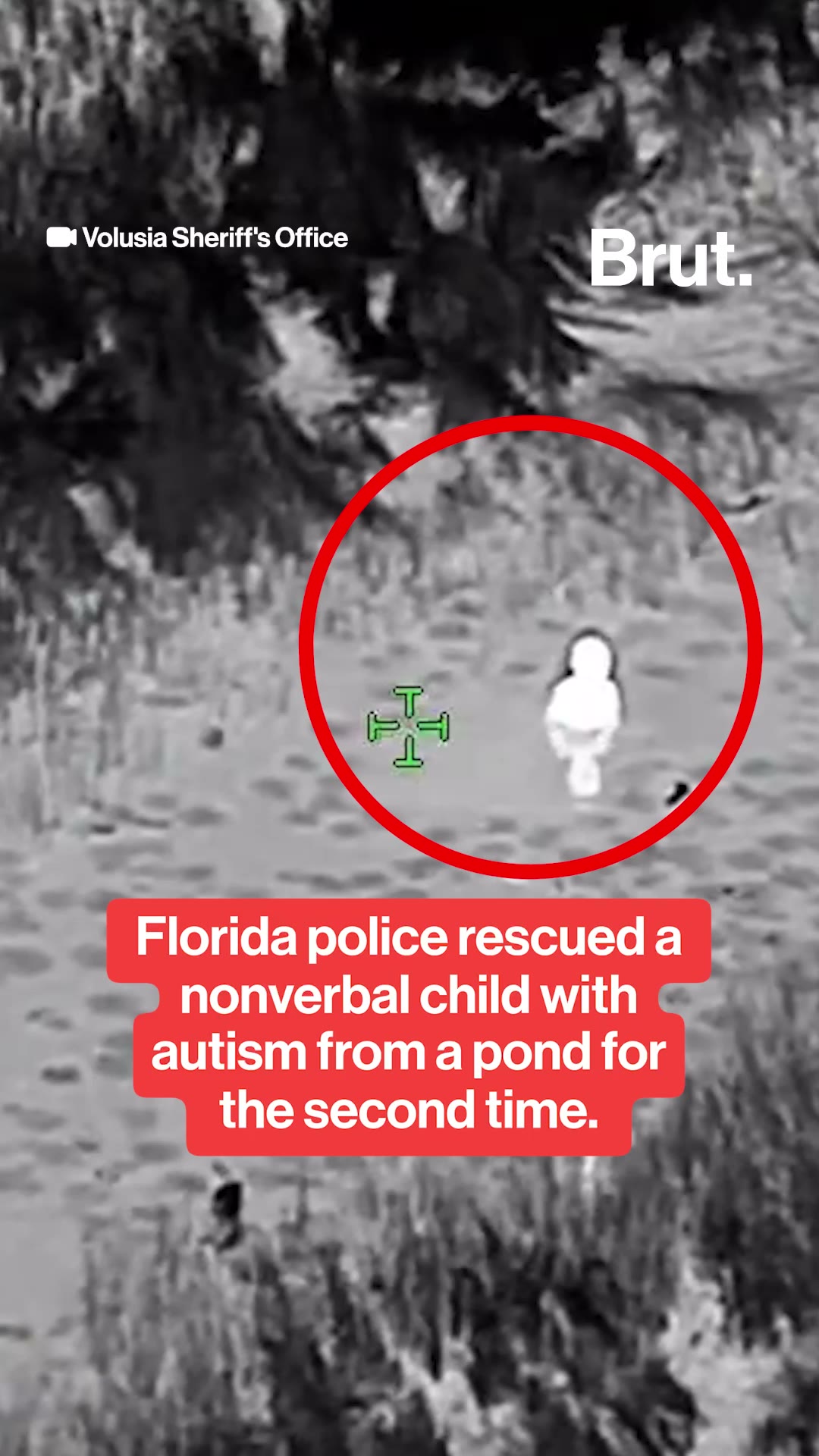What is Misophonia?
Noises Driving You Mad?
Irritating? Maddening? You may have misophonia. Misophonia — also known as the “hatred of sounds,” usually begins around the age of 13. It worsens over time, often growing to include more triggering sounds. Only recognized as a condition since 2000, misophonia is not officially listed as a diagnosis in medical manuals, yet it may affect as much as 20% of the population. Many doctors have never heard of it, and if patients do mention their symptoms, they are sometimes diagnosed with a mood disorder.
While the underlying causes are, for now, unknown, research suggests that misophonia is a brain-based disorder. This really is a brain phenomenon that is misinterpreting normal and loud sounds as pain. With proper management and treatment — including cognitive behavioral therapy, most people can greatly reduce the effects of misophonia in their daily life. It starts in children where the cafeteria is just too loud, and it goes from the cafeteria being too loud, to the kid tapping a pencil in the classroom is too loud, and it goes from that to “I really can't tolerate dinner with everybody,” or “I'm not comfortable watching TV or going to the movies with everybody.” So, these are very normal things, these are things we take for granted that we do,” states interviewee Dr. Sujana Chandrasekhar, MD ENT-otolaryngologist.
It is a perception of what most would consider normal sounds as either, just terribly irritating, or in fact so extreme, that they cause anxiety and frustration, and anger because they're almost hurtful in nature. What happens is that when the complaint is discounted, the anxiety related to it becomes more excessive. It's a real problem for so many. That is then made more excessive, because even though the person is trying to seek help, nothing is actively broken that anyone can see.
Brut.
What is Misophonia?
Noises Driving You Mad?
Irritating? Maddening? You may have misophonia. Misophonia — also known as the “hatred of sounds,” usually begins around the age of 13. It worsens over time, often growing to include more triggering sounds. Only recognized as a condition since 2000, misophonia is not officially listed as a diagnosis in medical manuals, yet it may affect as much as 20% of the population. Many doctors have never heard of it, and if patients do mention their symptoms, they are sometimes diagnosed with a mood disorder.
While the underlying causes are, for now, unknown, research suggests that misophonia is a brain-based disorder. This really is a brain phenomenon that is misinterpreting normal and loud sounds as pain. With proper management and treatment — including cognitive behavioral therapy, most people can greatly reduce the effects of misophonia in their daily life. It starts in children where the cafeteria is just too loud, and it goes from the cafeteria being too loud, to the kid tapping a pencil in the classroom is too loud, and it goes from that to “I really can't tolerate dinner with everybody,” or “I'm not comfortable watching TV or going to the movies with everybody.” So, these are very normal things, these are things we take for granted that we do,” states interviewee Dr. Sujana Chandrasekhar, MD ENT-otolaryngologist.
It is a perception of what most would consider normal sounds as either, just terribly irritating, or in fact so extreme, that they cause anxiety and frustration, and anger because they're almost hurtful in nature. What happens is that when the complaint is discounted, the anxiety related to it becomes more excessive. It's a real problem for so many. That is then made more excessive, because even though the person is trying to seek help, nothing is actively broken that anyone can see.
Brut.













